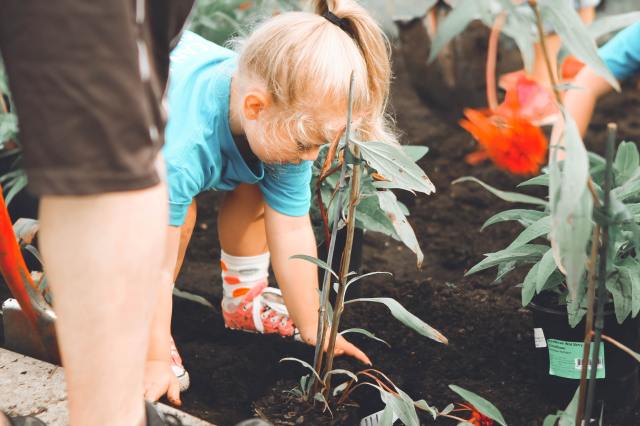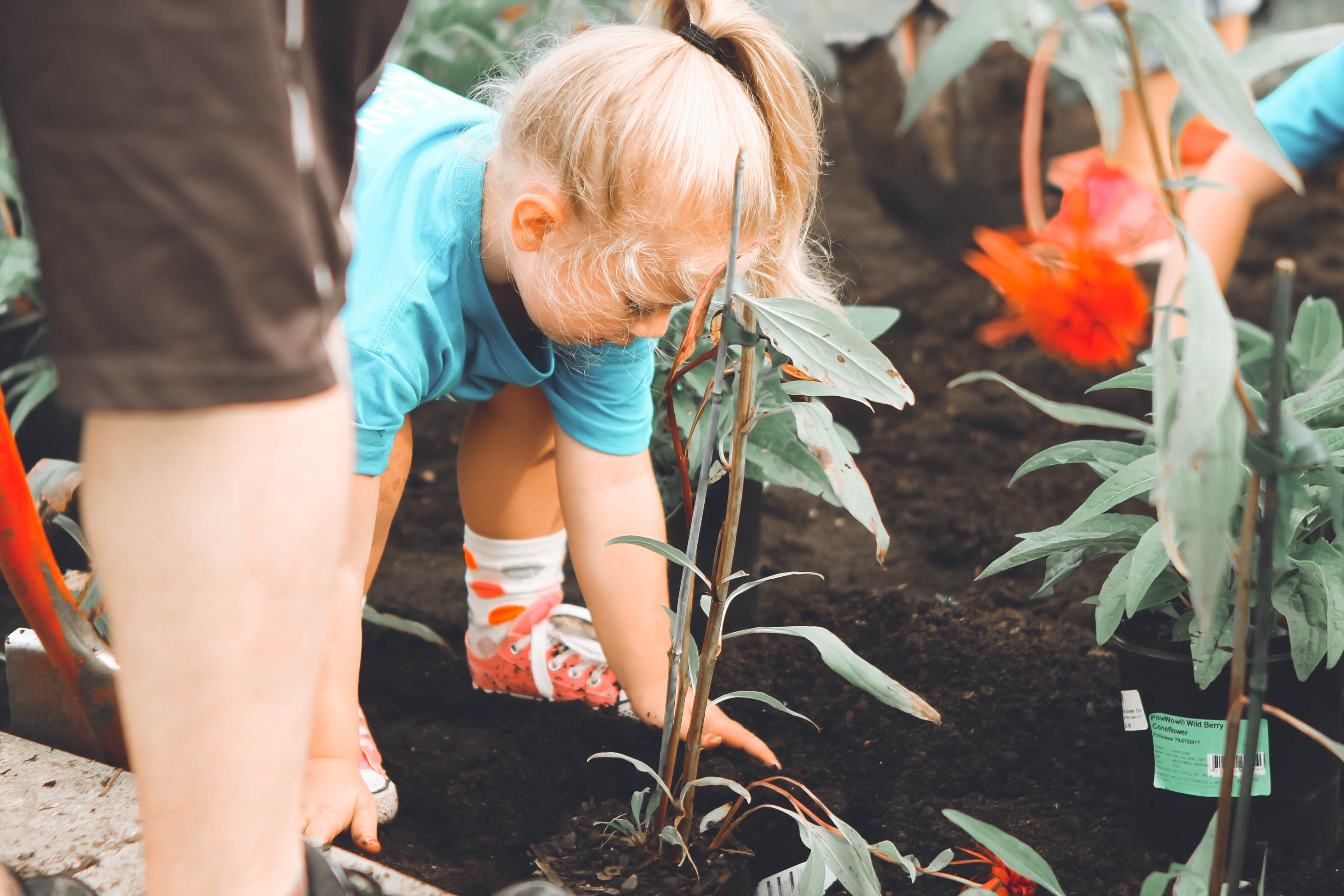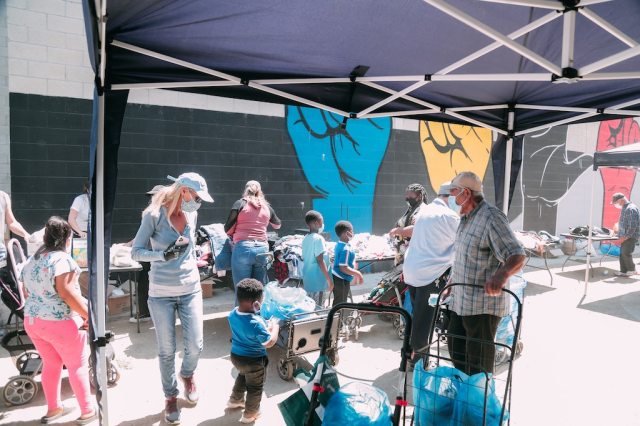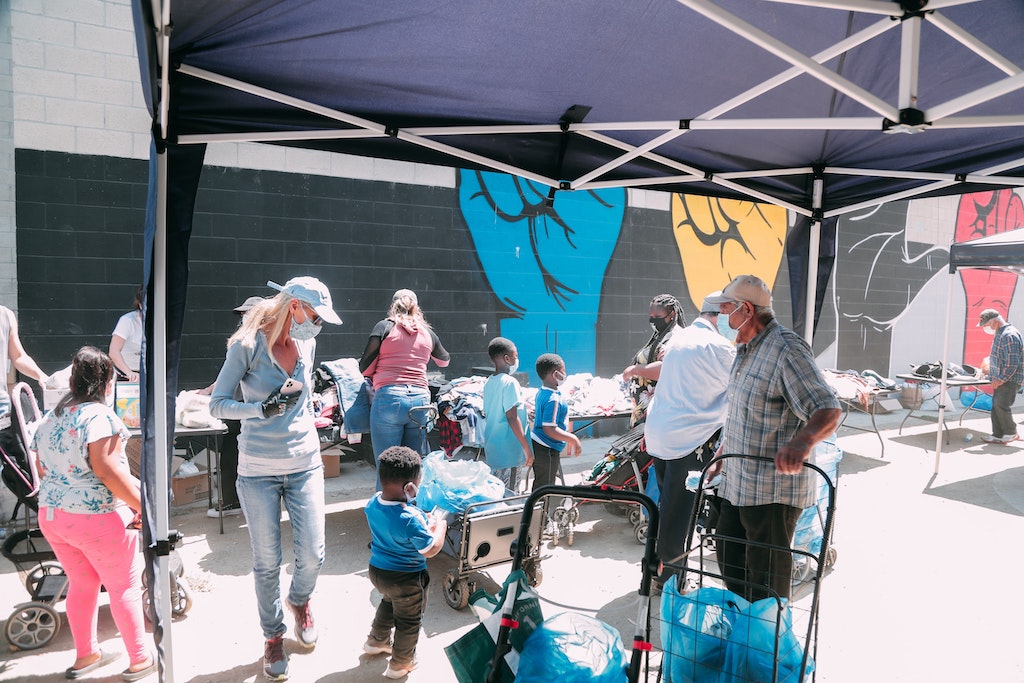Every January presents an opportunity to reset our lives. Many of us do this by attempting and often failing at New Year’s resolutions. These resolutions are promises we make to ourselves that we will either start or stop a behavior. We “give up” carbs, “restrict” calories, “cut back” on spending, “punish” our bodies with sudden starving or extreme exercise. Why do we often fail at these endeavors?
It All Starts with Having the Right Mindset
It all starts with the story we tell ourselves. Are we engaging in these new behaviors because we previously had been “bad?” Or are we adopting these new habits from a place of self-love? What is our internal dialogue?
I used to be filled with self-loathing. Hypercritical of myself, I would beat myself up. My internal dialogue sucked. If I ate too many carbs, I would tell myself that I was a total failure, and the downward spiral would begin. New Year’s resolutions would be quickly abandoned. But as I shifted my internal dialogue to self-love, my success with adopting new habits increased dramatically. I would tell my body, “Thank you for being healthy. For supporting me. I love you and will take care of you.” Exercise and new dietary habits became about loving and supporting my body, not about punishing myself.
I learned that the most radical thing that I could do to jump start my life was to shift the conversation that I was having with myself to one of love, support, gratitude, and service to others. How did I do that?
The Gratitude Project
About fifteen years ago, I had a friend who had become incredibly negative. In fairness, she had suffered some major speedbumps in her career, but those circumstances had given her a negative outlook on life. I wanted to help her to shift her mindset to a more positive outlook. One day, I had an idea. I said, “For the next thirty days, why don’t we both commit to performing one act of service and one statement of gratitude every day. We will hold one another accountable.” We discussed what constituted an “act of service” and decided that we would count time spent on philanthropic endeavors that we were already involved in, doing things for others, even giving up a parking spot, or opening the door for someone who needed assistance. Part of this exercise taught us to acknowledge what we were already doing, but it also made us raise our game.
We approached our project with a sense of excitement. For the month of January, I volunteered with local philanthropies, did my friend’s dishes, practiced random acts of kindness, and was actively looking for things to do for others. We would report our acts of service to one another, give our statement of gratitude, and offer encouragement and support to one another.
At the end of the month, a miraculous shift had happened. My friend got her dream job, and she became positive and hopeful again. Her life had transformed, and so had mine. My mindset had shifted. Through this daily practice of shifting my mindset from the negative things in my life to gratitude and what I could do for others, my view of the world changed—and so did my internal dialogue. This shift was powerful and dramatic. Not only did it make me feel better, but people began to respond to me differently. The more I gave and expressed gratitude, the more that I received the same in return. My positive daily interactions with others improved my mood. It was like a feedback loop. As I felt more positive and grateful, I began to be kinder to myself. My own internal dialogue began to shift.
Now when I think about diet and exercise, it’s not about restricting, cutting back, or punishing myself. I ask myself, “What is the best, most supportive, loving choice that I can make for my body today?” Suddenly, I am giving myself an act of kindness, not restricting or punishing myself. This shift in mindset dramatically increased my ability to adopt healthy behaviors.
New Year: New Mindset
This year, as you contemplate changes you want to make, or new habits you want to adopt. Consider starting with 30 days of gratitude and acts of service. Start your new year with a new mindset, shift your internal dialogue to one of self-love and support, and then sit back and marvel at how your life is transformed for the better.
Join me in The Gratitude Project 2022 and et me know how it’s going!






















